Submitted by WA Contents
Lahdelma & Mahlamäki architects built school resembling "a warm campfire circle" in Finnish town
Finland Architecture News - Jan 28, 2022 - 11:53 2380 views

Helsinki-based architecture practice Lahdelma & Mahlamäki architects (LMA) has built a school resembling "a warm campfire circle", which is specifically reflected in the layout of the building's spaces around the central lobby.
Named Heinola Upper Secondary School, the school was completed as a result of an invited competition in Heinola, Finland.
Envisioned as a multi-purpose educational building by LMA, the school is located in the Seminaari area, which is of great cultural and historical value and is partly protected, and where teacher training started as early as 1899.
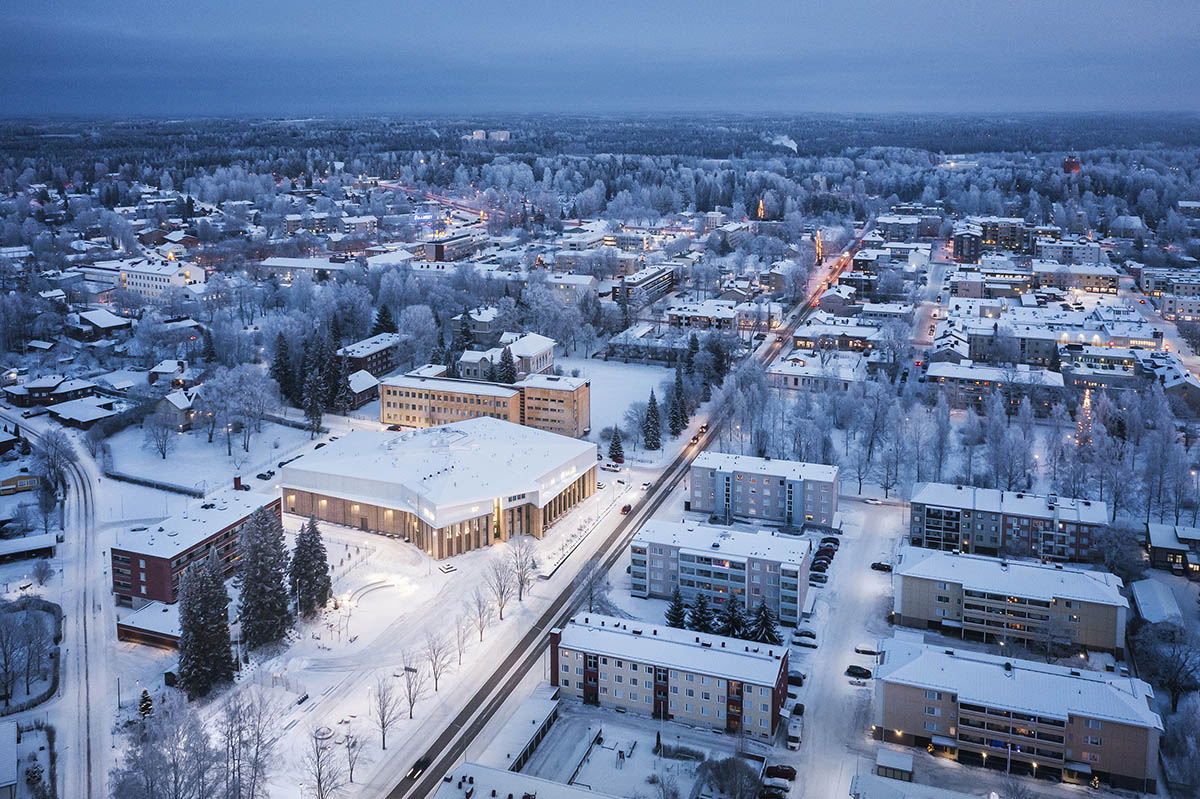
The school is described as a public building in a broader sense, while also housing other cultural facilities important for a small town, such as a large auditorium and a sports hall.
The program of the school includes upper secondary school, sports hall, auditorium, youth service facilities and recreational courtyard.
The architects draw inspiration from the idea of "a warm campfire circle," and reflected it in the layout of the building's spaces around the central lobby.
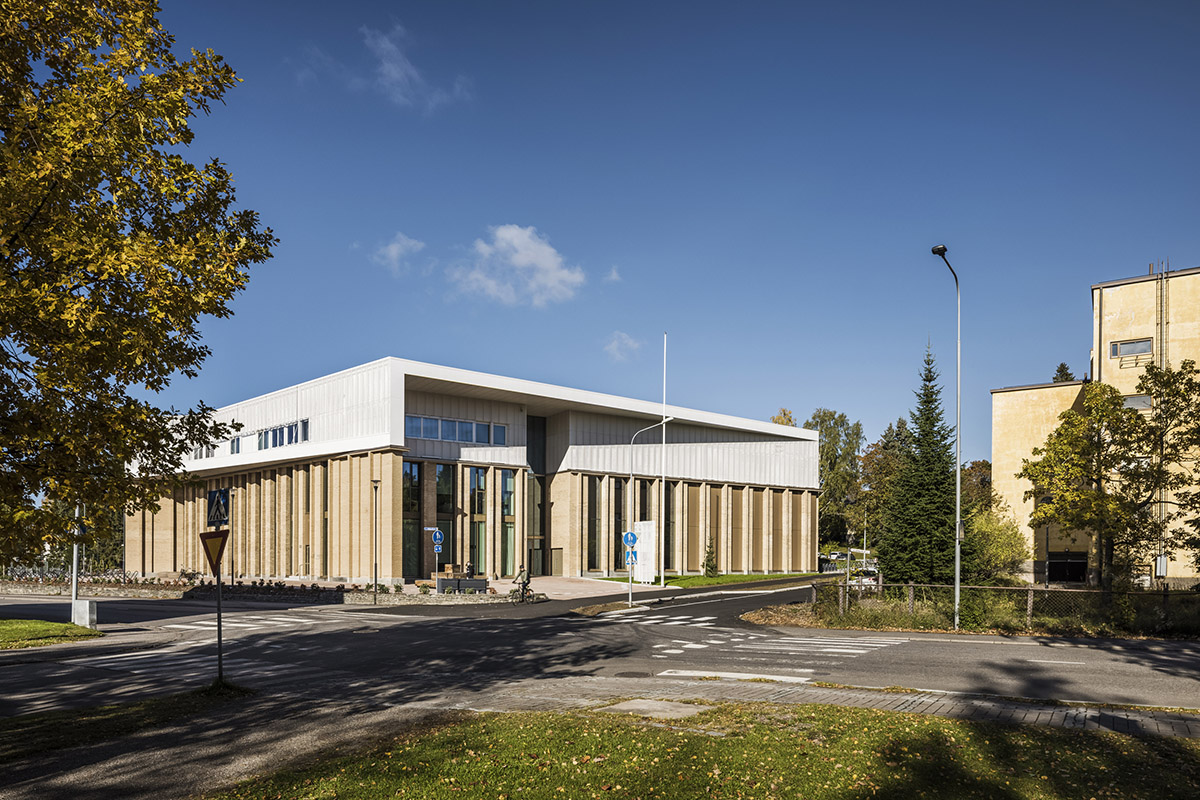
By using warm materials such as brick and wood, brick colonnaded façade wraps the building and marks the structure from afar, while white-colored roof part creating a contrast with brick part below.
The studio used high glass walls on the facades to open up the interior of the School to a park-like setting.
"As a learning environment, the Heinola Upper Secondary School offers both a peaceful working environment and opportunities for social learning. Instead of large open spaces, the emphasis is on adaptable spaces that can be combined as required," said LMA.
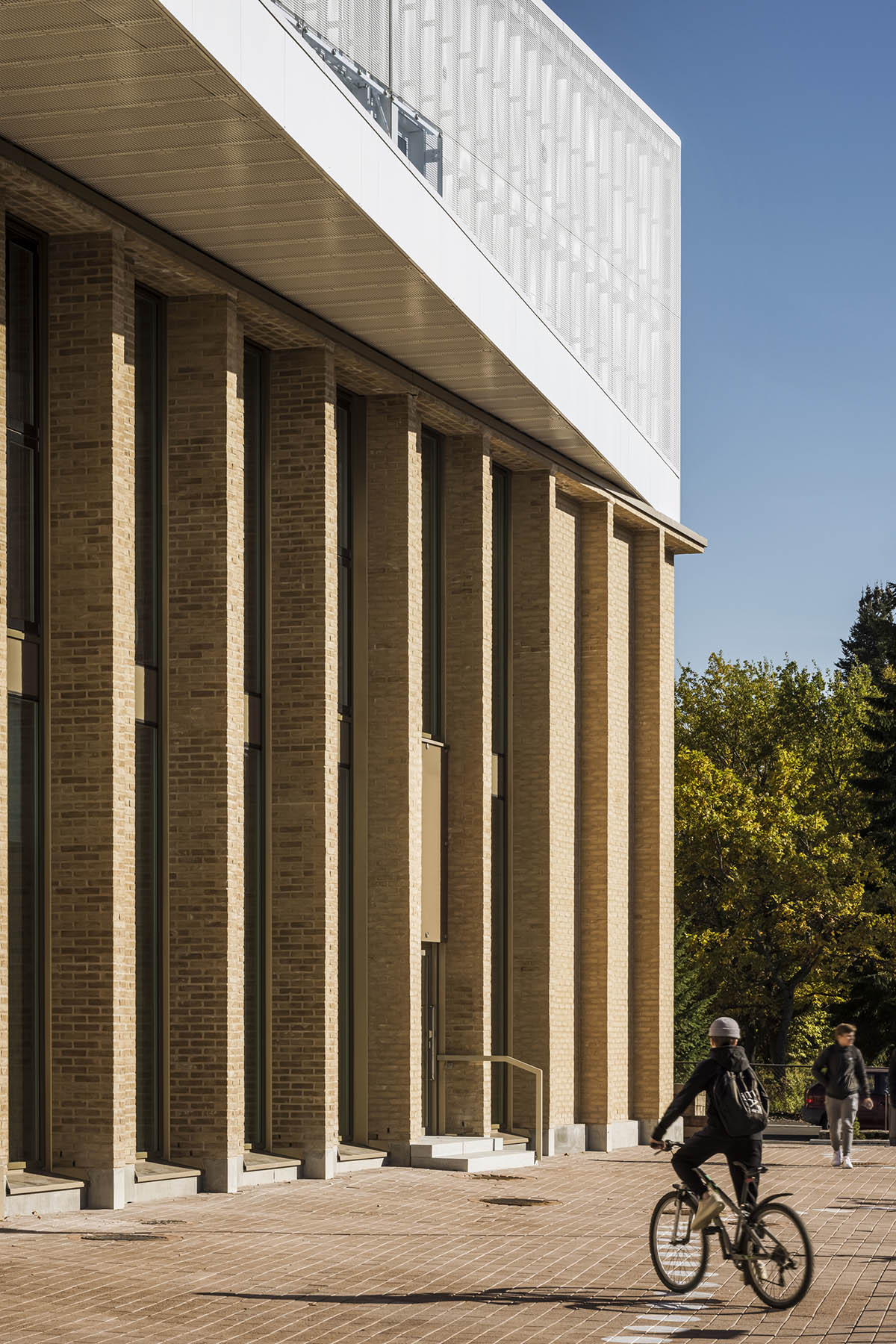
Heinola is a picturesque small town some 140 kilometres from Helsinki. The town has played an important role in the history of Finnish education, as an institution for the training of teachers was founded in Heinola as early as 1899.
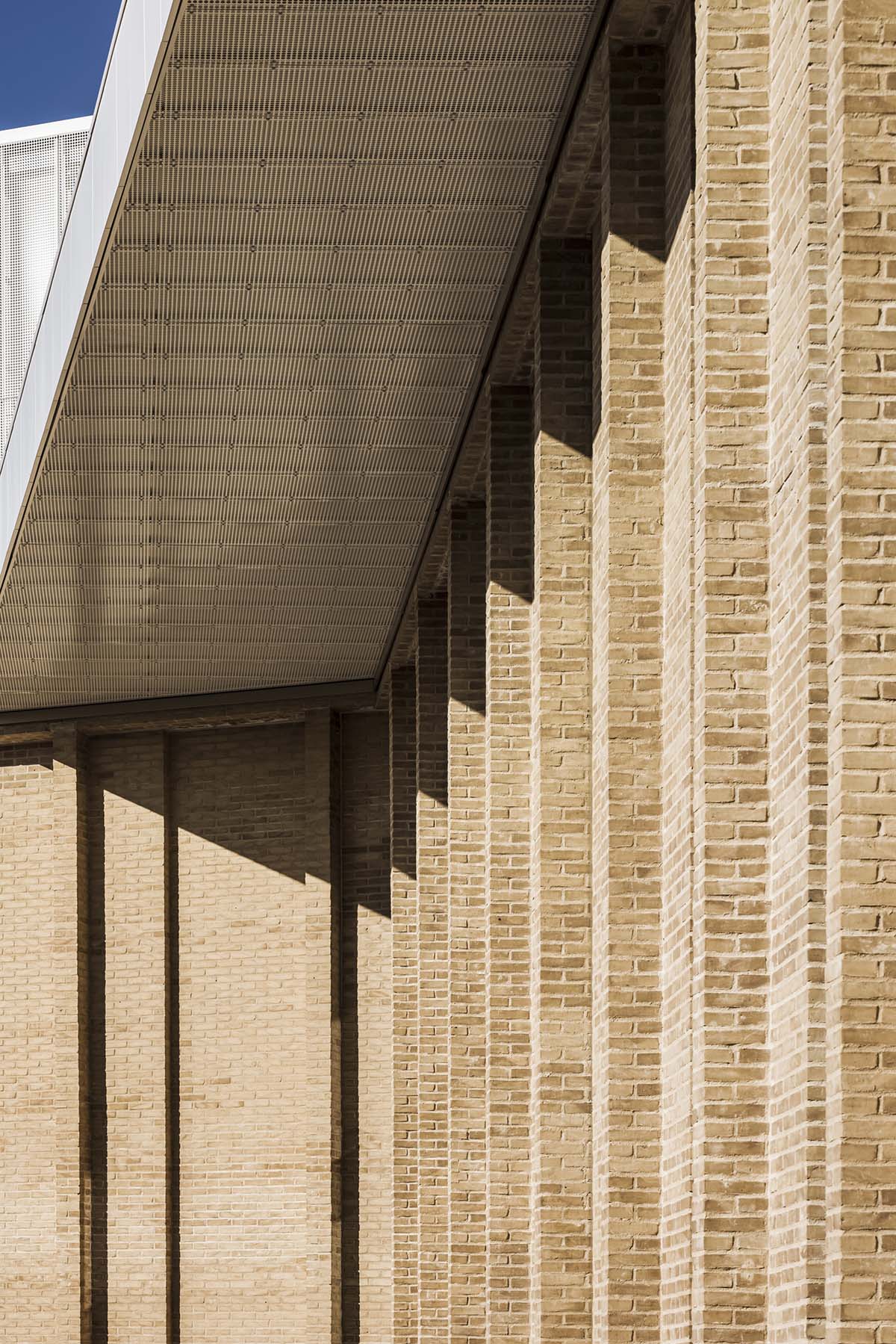
As LMA explained, the institute has since been closed down, but history is still present in the Seminaari district, which has been designated a built cultural heritage site of national significance and is partly protected.
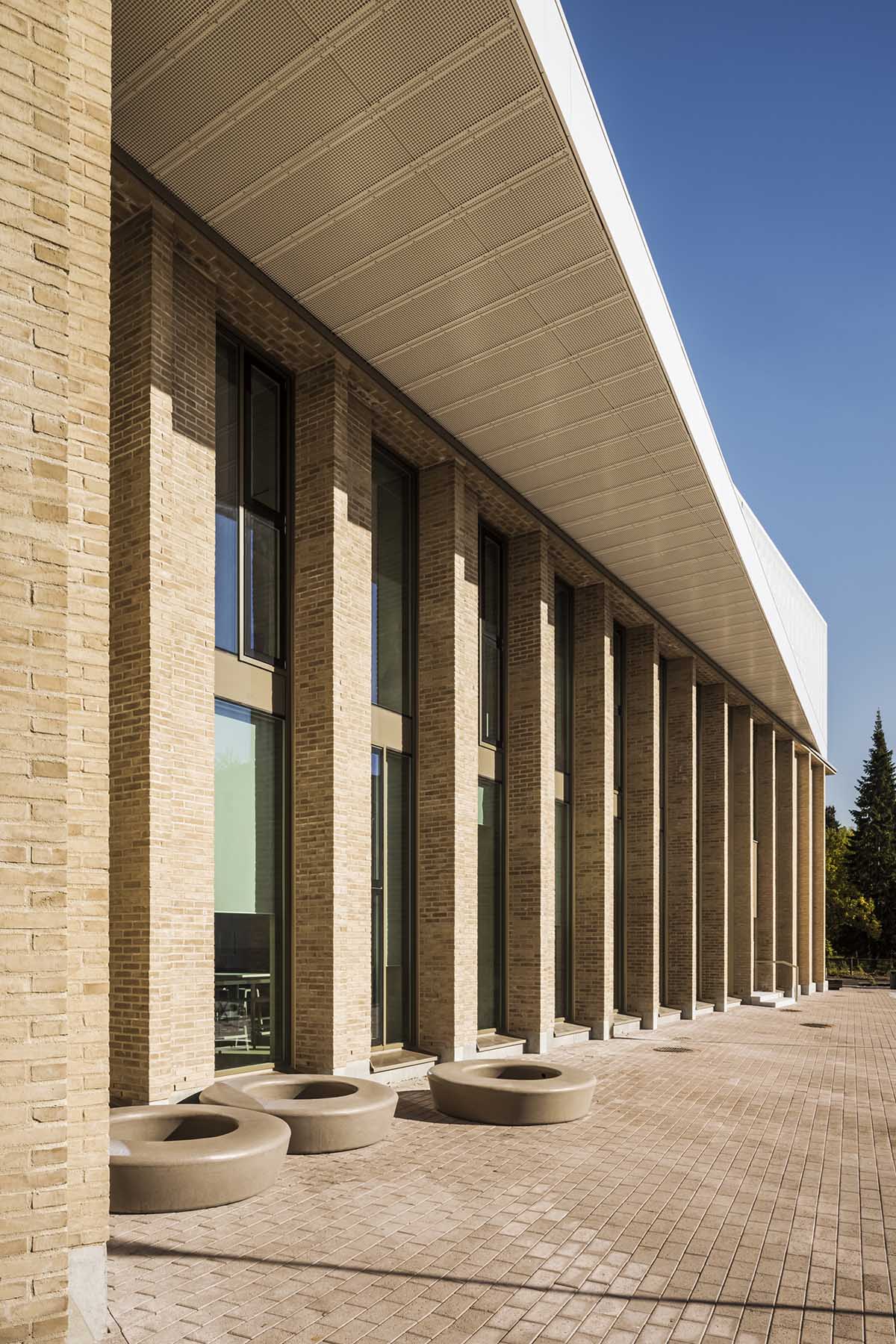
In 2017, the City of Heinola organised an architectural competition for the area to design a new upper secondary school to replace the demolished school building, and the proposal by Lahdelma & Mahlamäki architects was selected as the winner of the competition.
The long educational tradition in the area continues as students started the 2021 autumn semester in their brand new school.
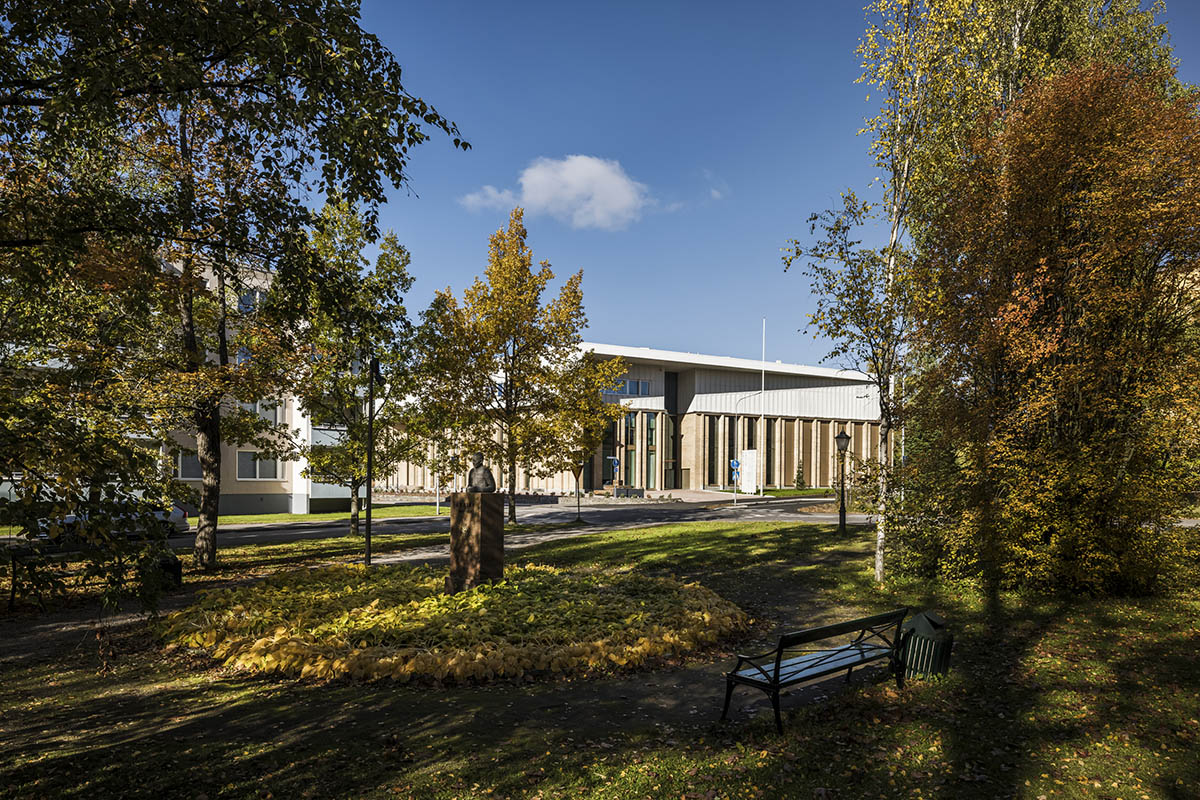
The building is located in the heart of the Heinola, next to the 18th century Maaherranpuisto park. The historic context of the site is further enhanced by the functionalist educational building from 1939, which stands next to the Upper Secondary School, and the educational buildings of the late 19th and early 20th centuries, which are influenced by Swiss villa architecture and ancient Scandinavian ornaments.
The Heinola Upper Secondary School was freely placed in this park-like and historic setting, in contrast to the surrounding urban grid, which underlines the School's status as a locally significant public building.
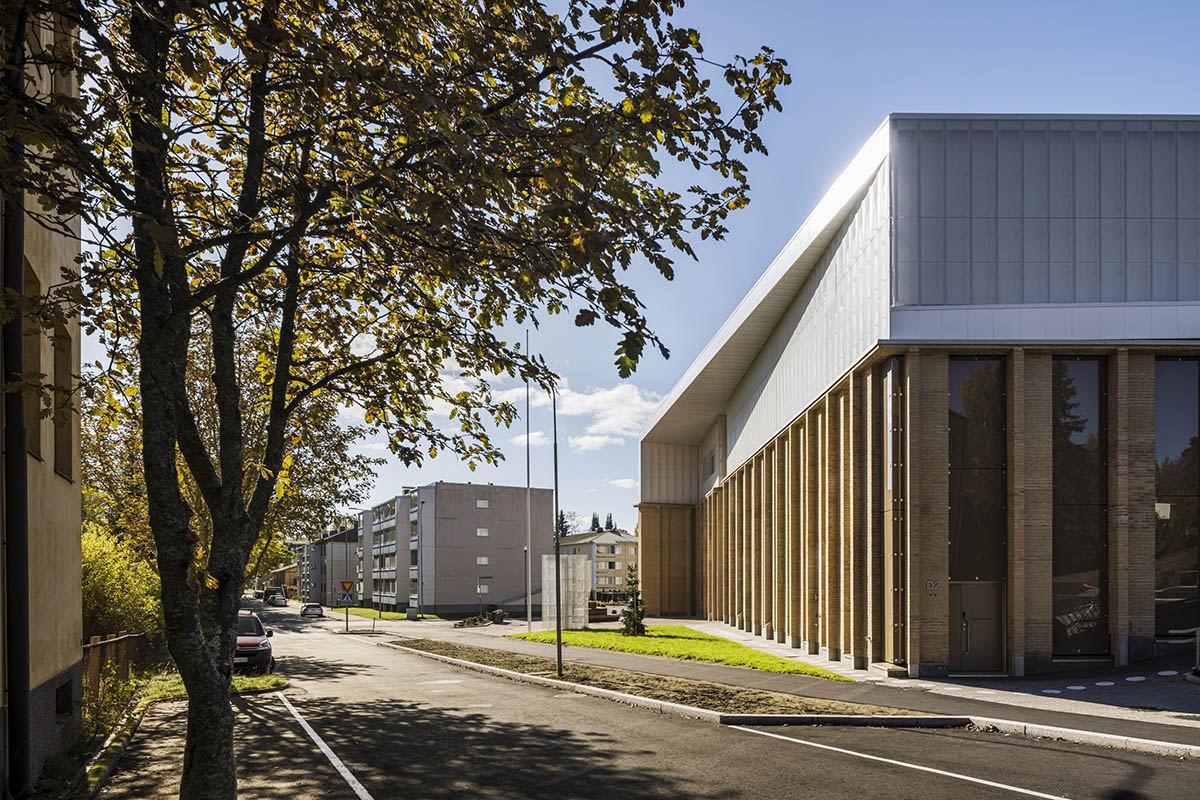
A cultural centre
Described as much more than an ordinary school building, its multifaceted massing is not limited to a rectangular design language, but is inspired by the free arrangement of the building and the idea of a campfire circle around the central lobby.
The facades of the building are divided horizontally into two parts, with brick pilasters and high glass surfaces alternating on the two lower floors, while the top floor is clad in perforated metal.
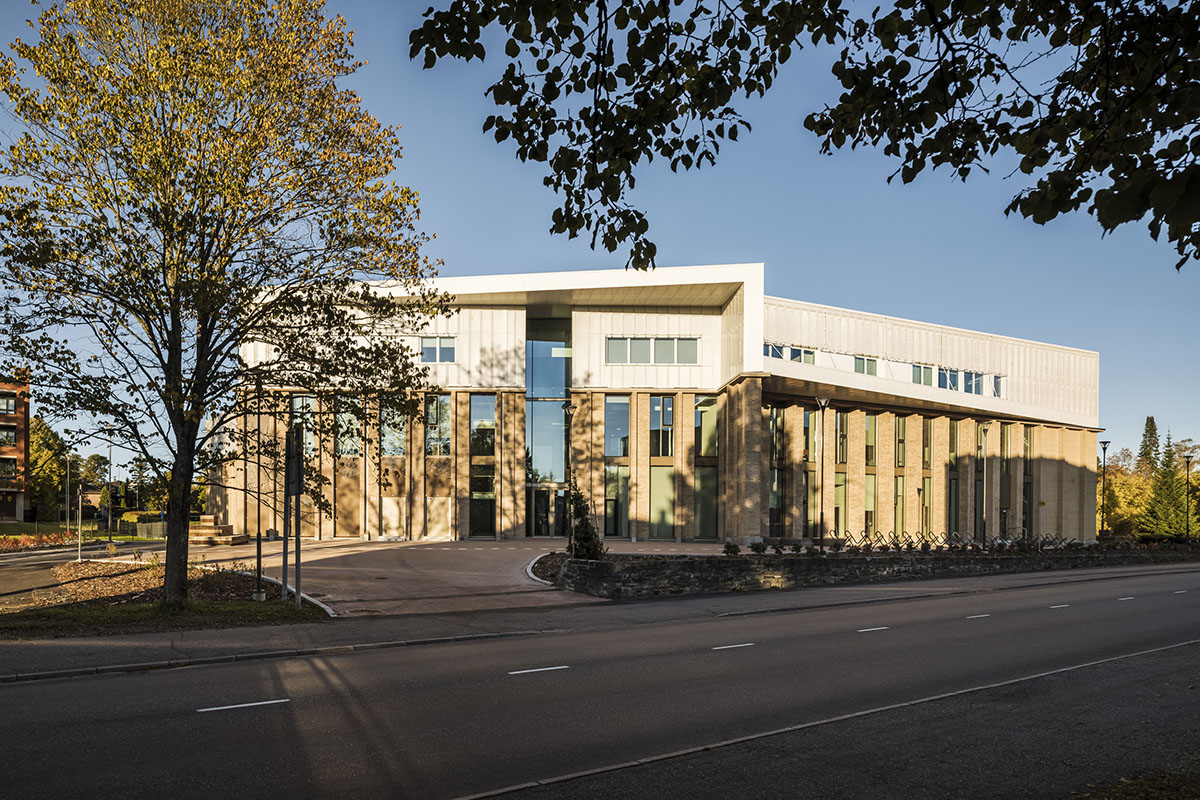
The architects wanted to create "a twofold look" which is inspired by the old educational buildings in the area, with a plastered brick ground floor and a wooden second floor.
The brick pilasters and the lace-like nature of the perforated metal give the facades depth and ever-changing shadows. Through the two-storey high glass surfaces, the townscape becomes part of the interior of the School.

Spatial planning
The architects implemented a simple functional solution for the Heinola Upper Secondary School to make easy for everybody understand.
The architectural concept was inspired by the shape of the site and is based on the idea of the building as a warm campfire circle.
In practice, this is reflected, for example, in the layout of the spaces around the central lobby. The lobby dominates the spatial ensemble while emphasising the coherence of all parts of the building. From the users' point of view, the lobby creates a meeting point with access to all parts of the building.
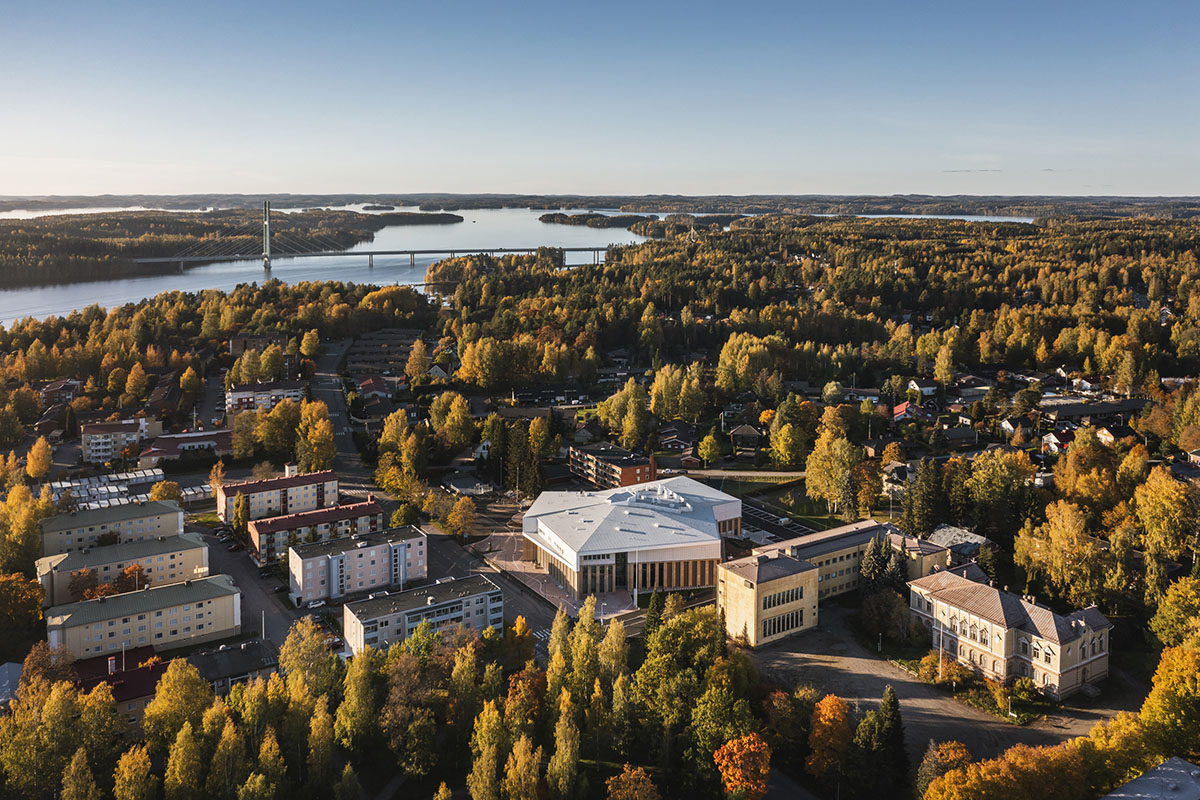
The school facilities are spread over three floors, which are divided into different use zones. Nearest to the busy central lobby are spaces for informal study and lounging, while further out are quieter spaces for more focused learning.
The different types of educational spaces form clusters of cellular units, each with a common learning area at its centre. Instead of large open spaces, the emphasis is on spaces of different shapes and sizes, which can be combined as required. Glass walls between classrooms and lobbies contribute to a sense of cohesion within the school.
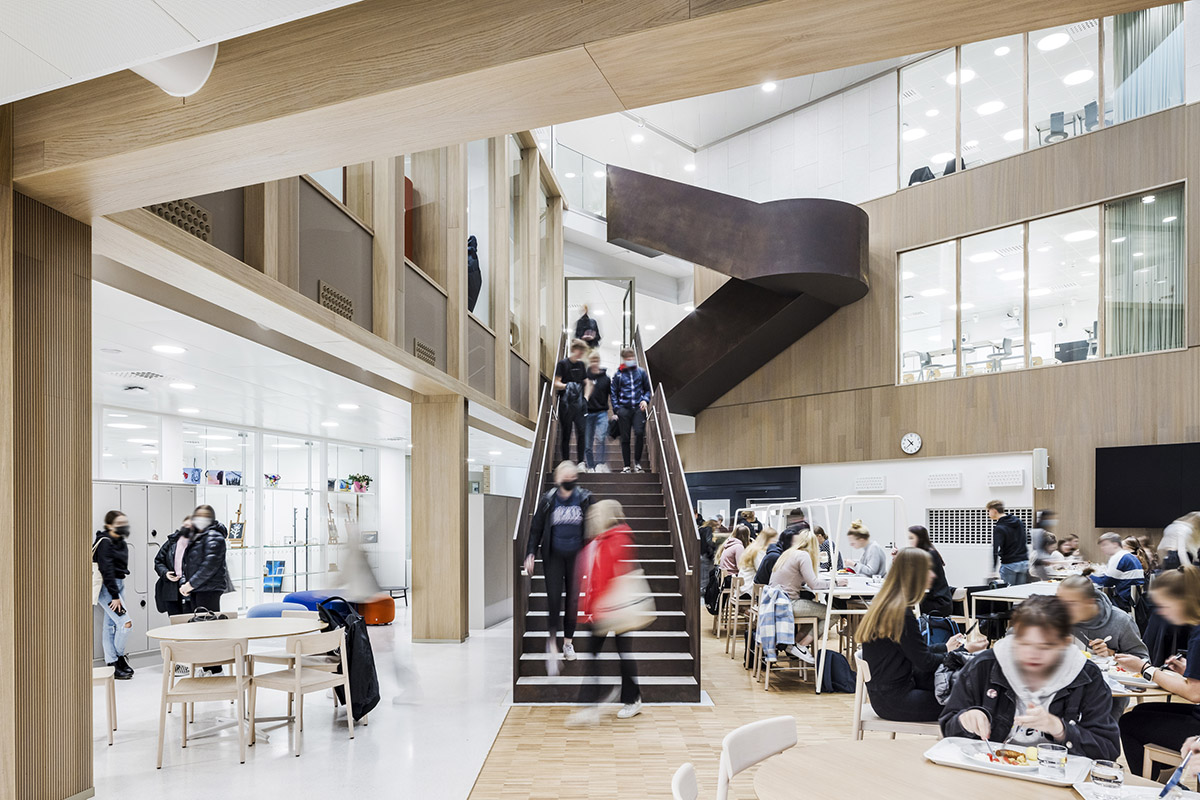
As a multi-purpose building, the Heinola Upper Secondary School's facilities are designed for all town residents. For example, the town' s youth service facilities, which serve not only the students but also other young people in the town, are housed in this building.
The ground floor forms a spatial and functional whole, with the visual arts and music rooms, the auditorium and the sports hall connected to the central lobby. These facilities allow for a wide range of civic and cultural activities and events to take place outside school hours.
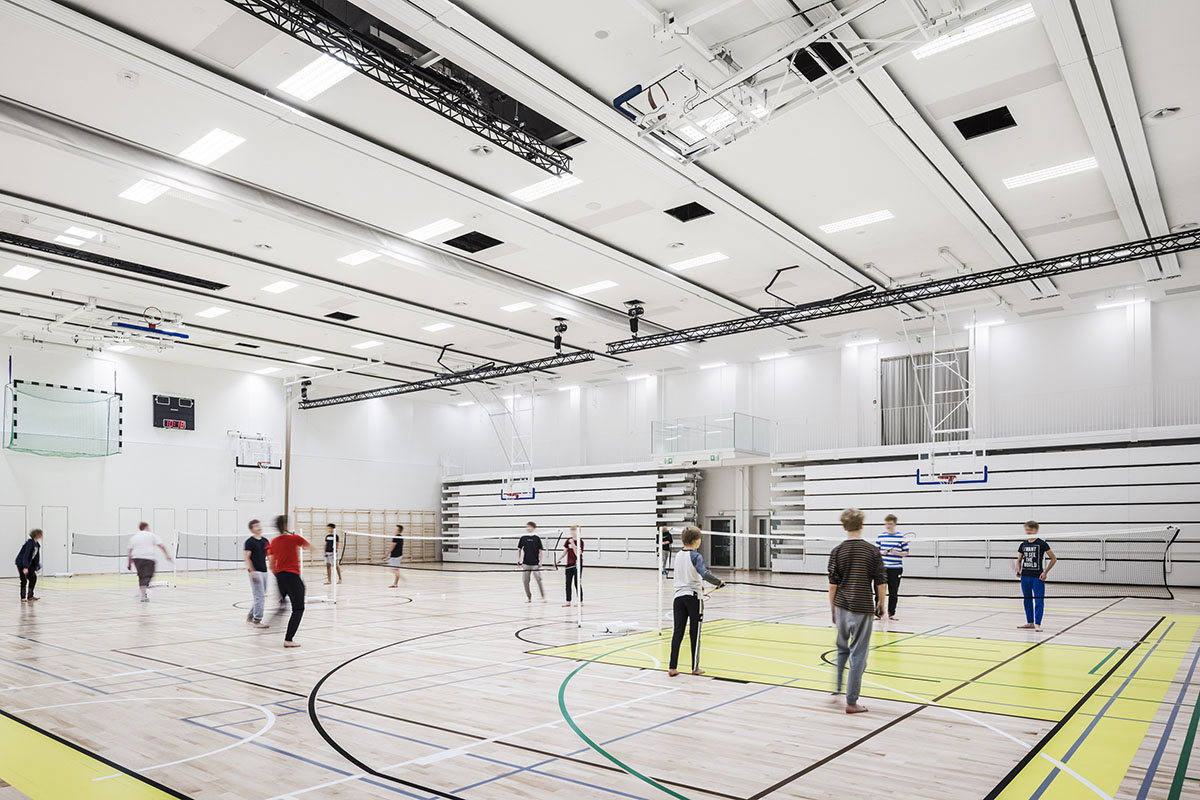

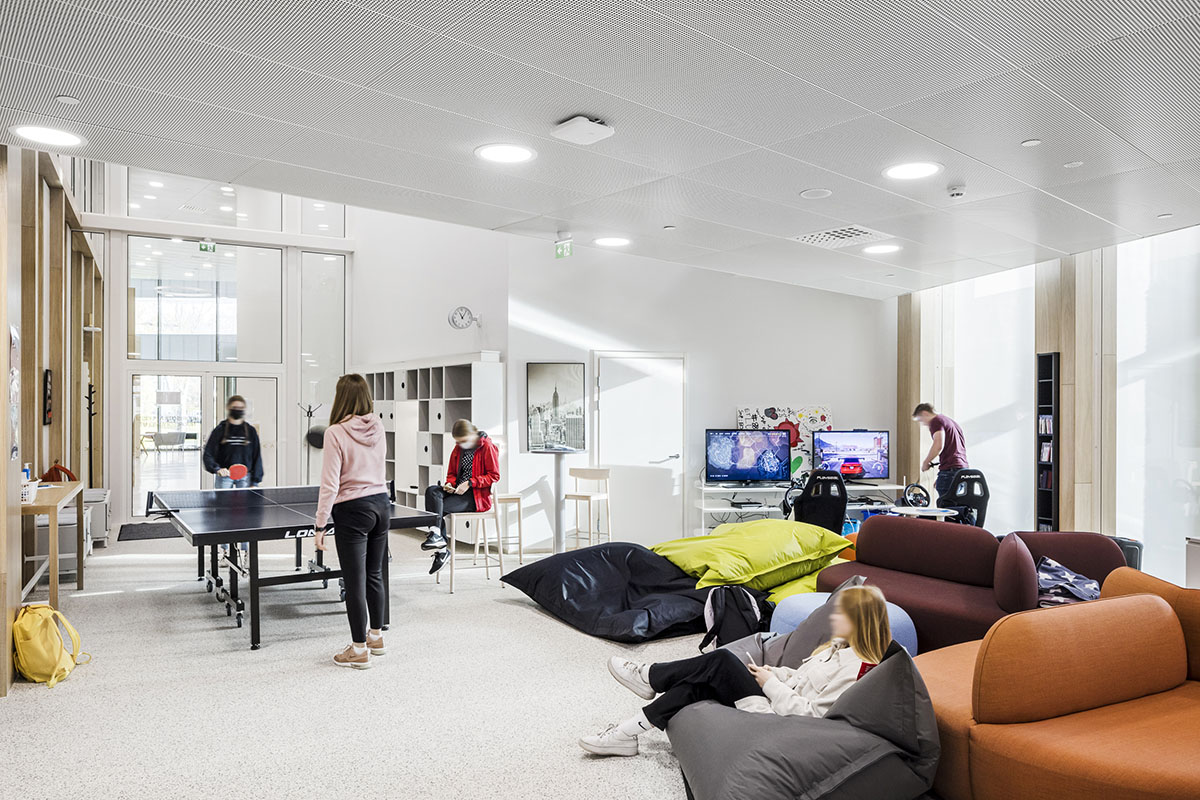
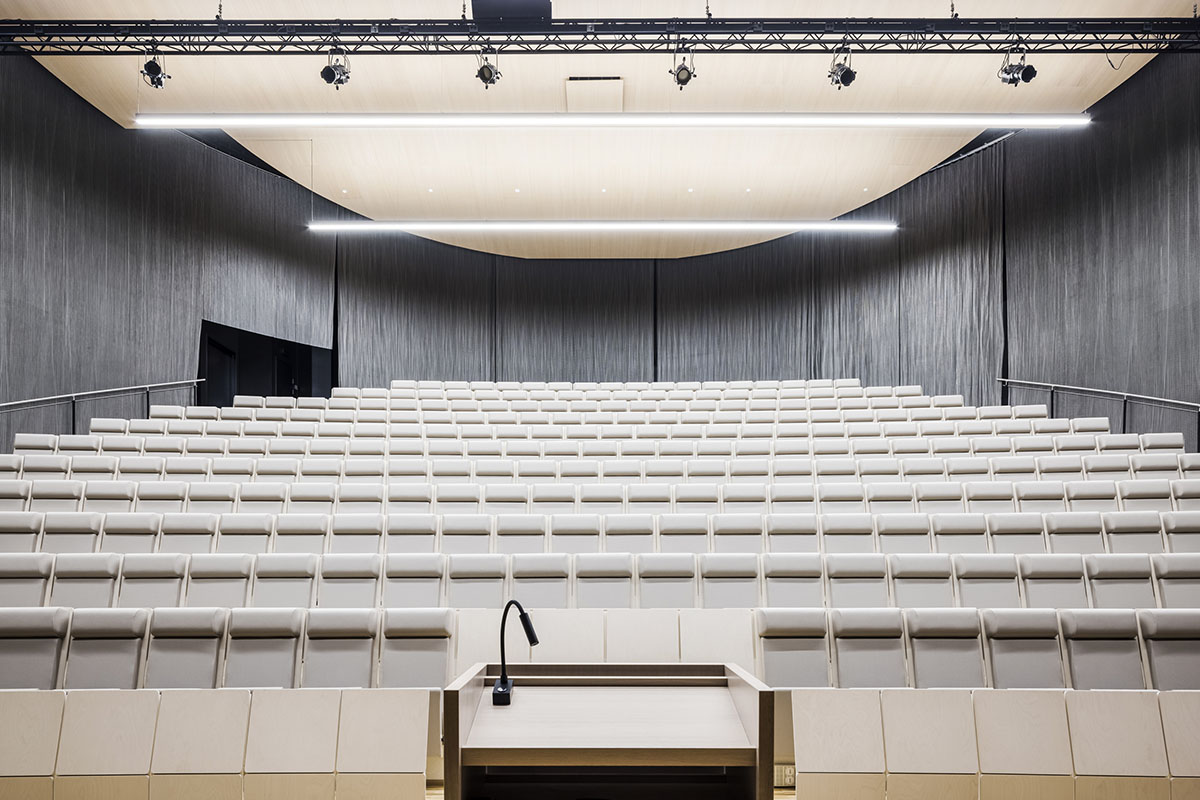
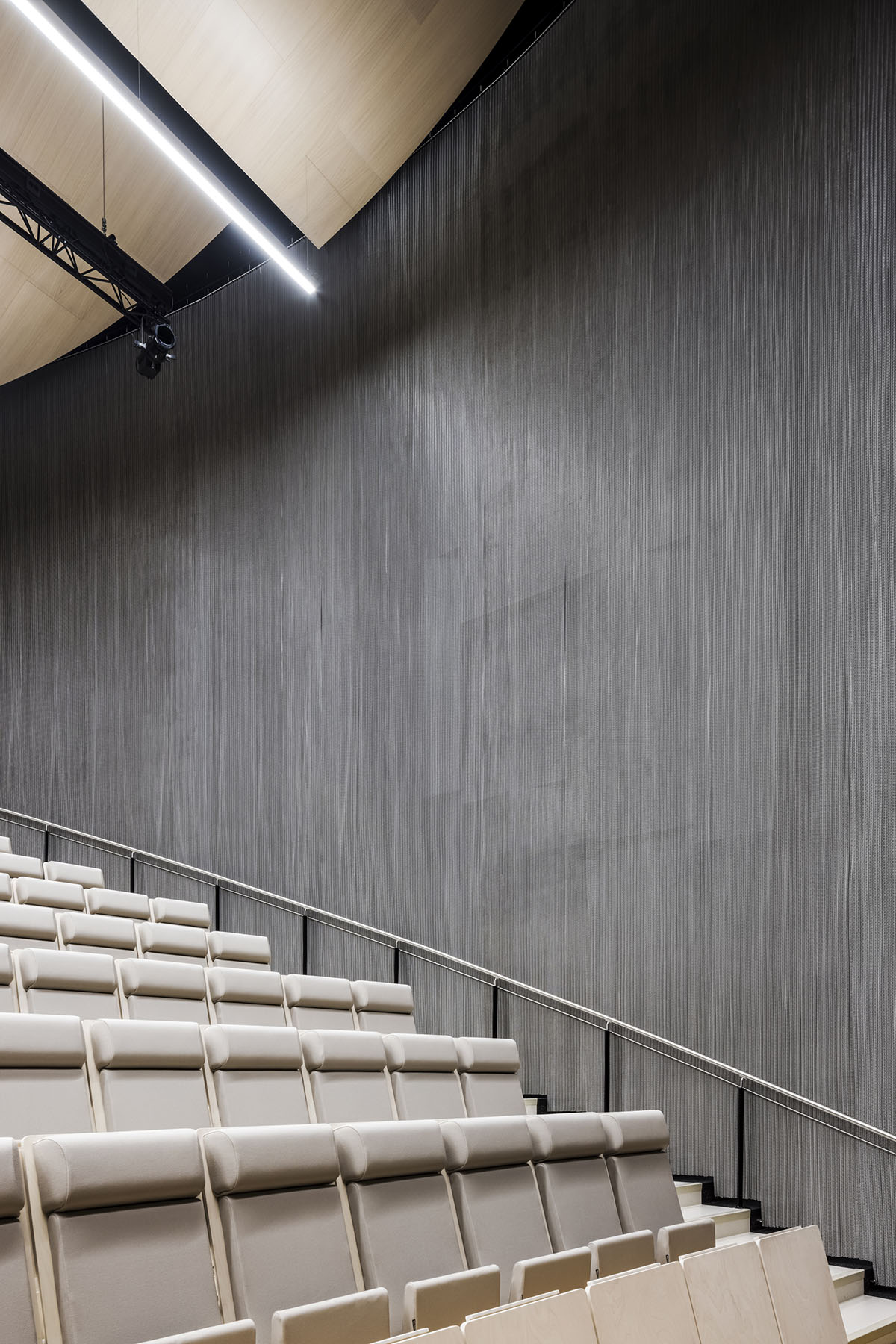
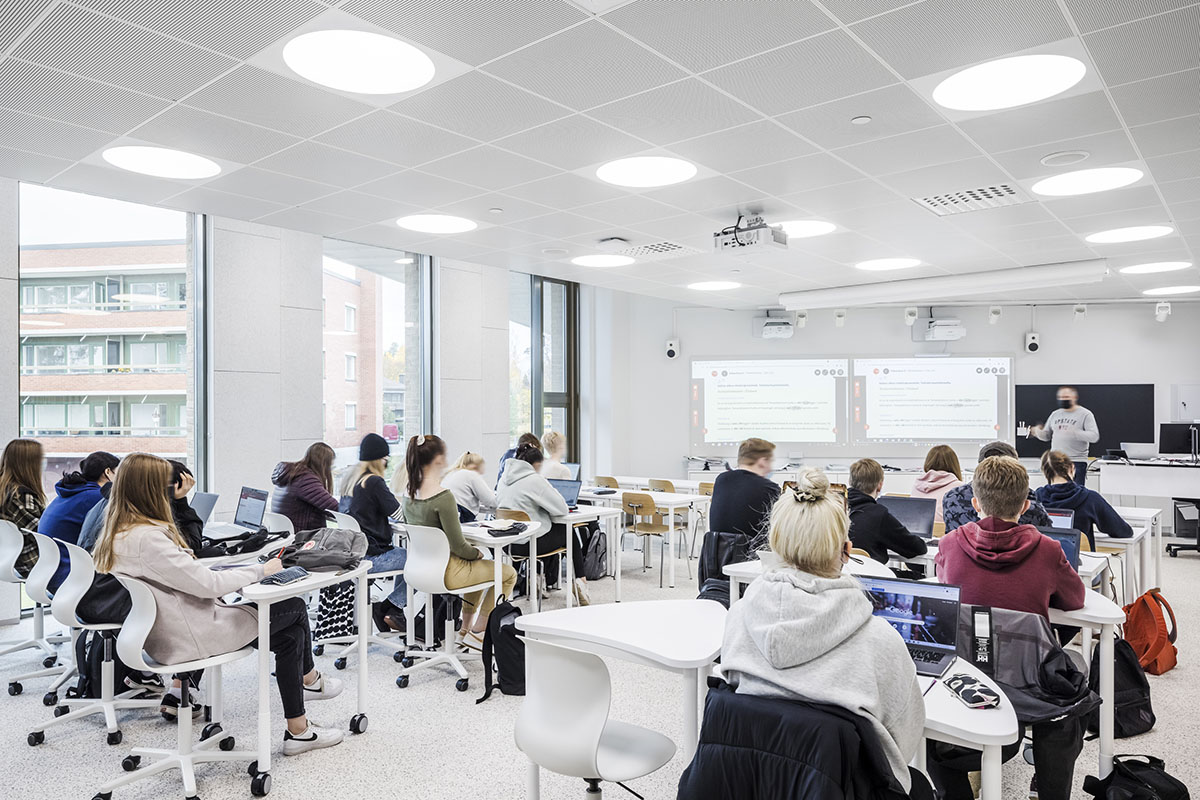
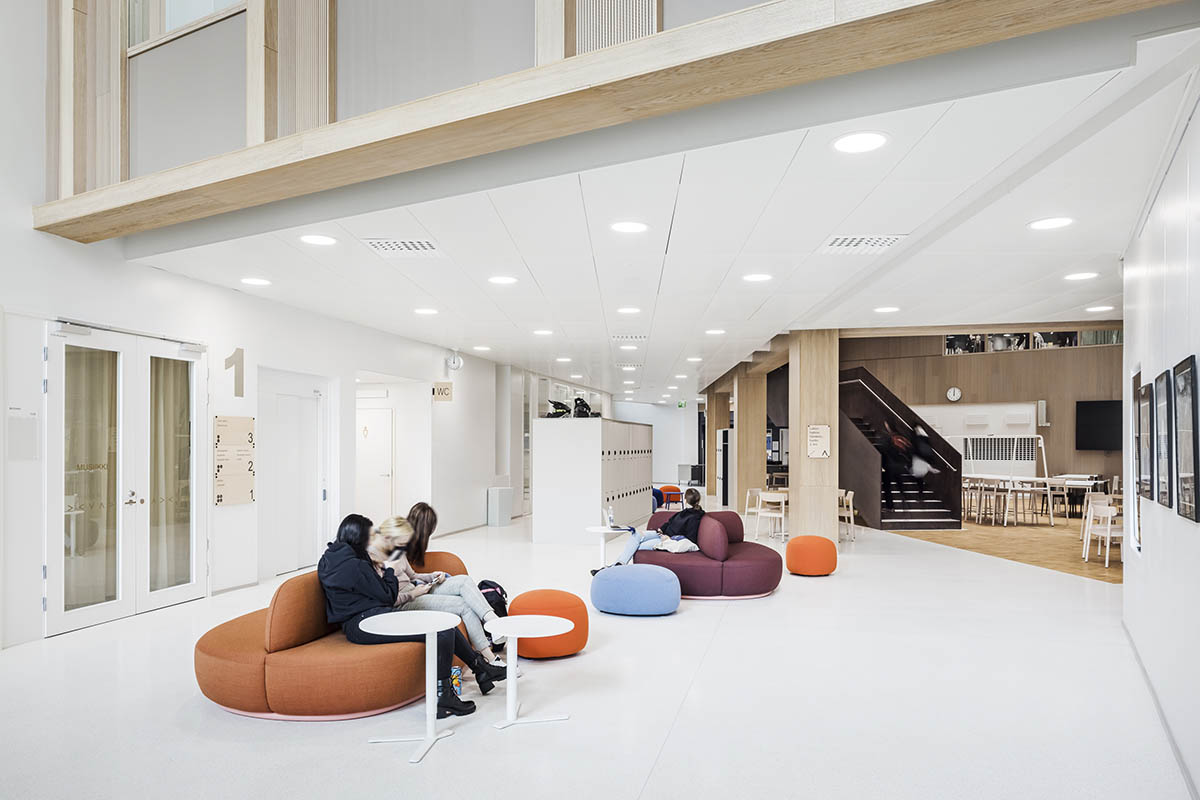
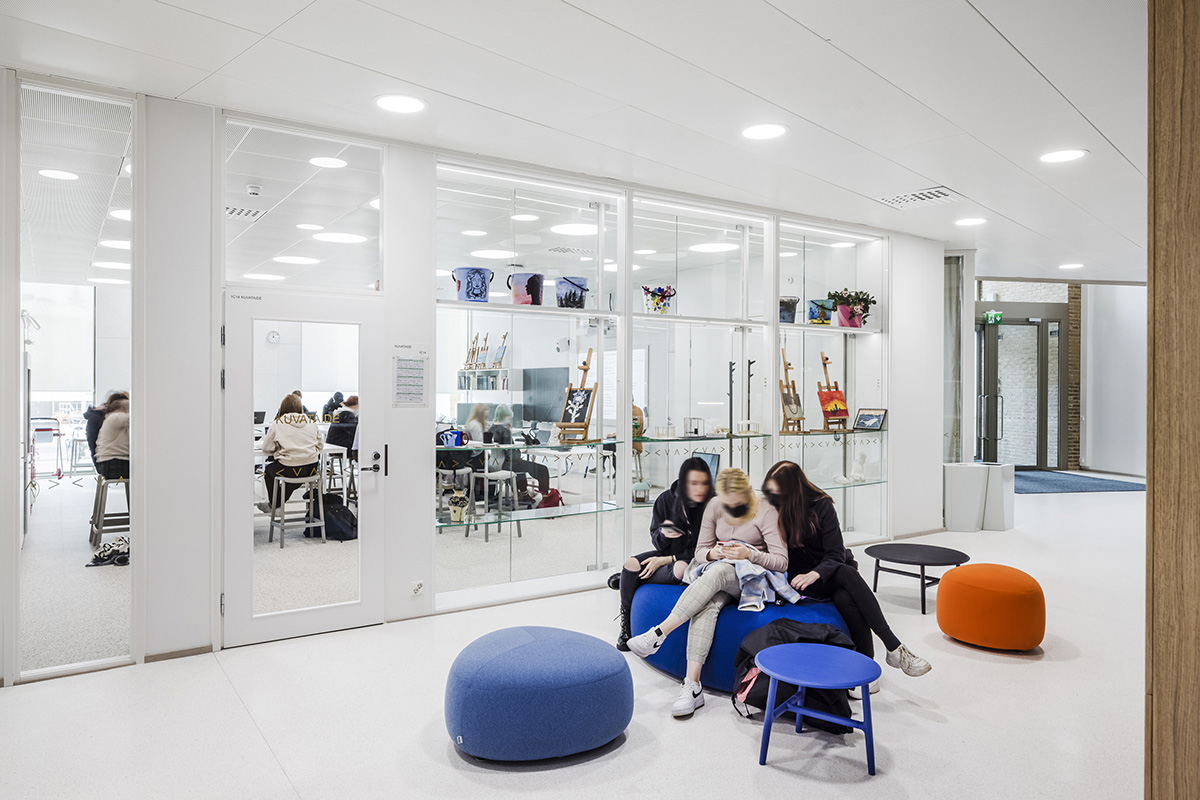
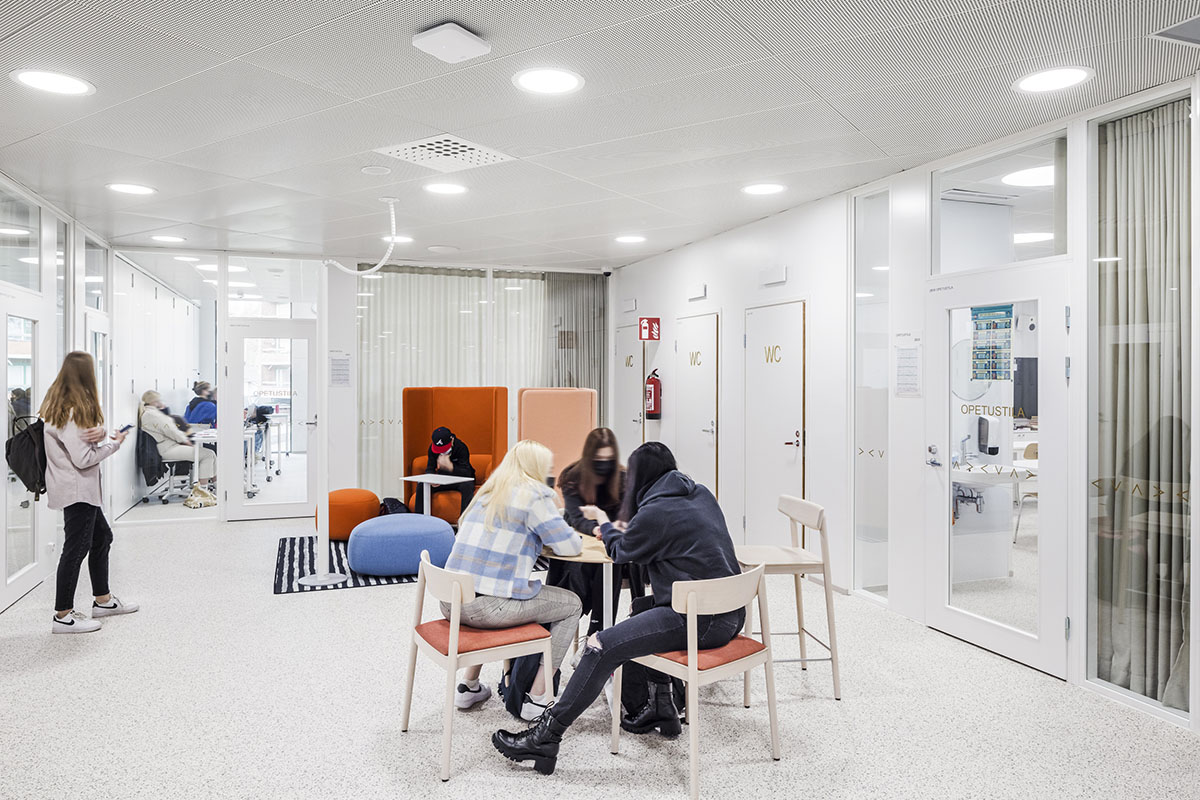
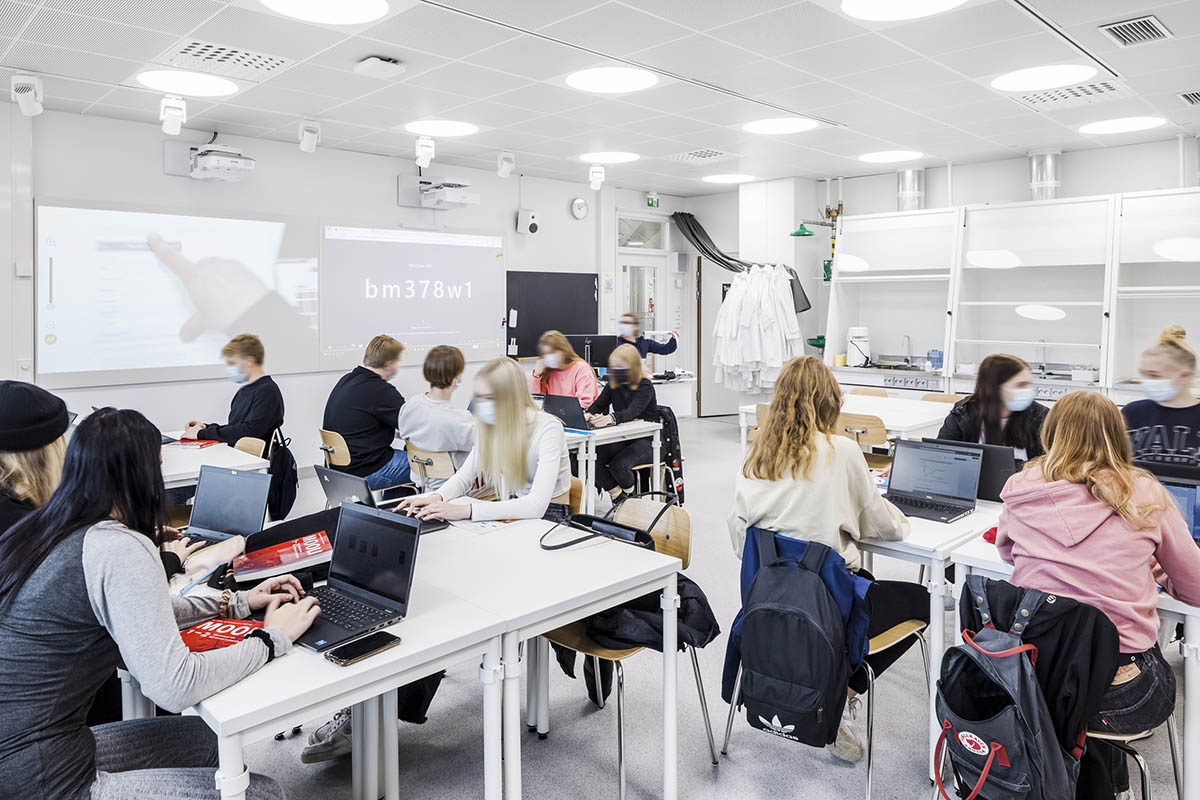
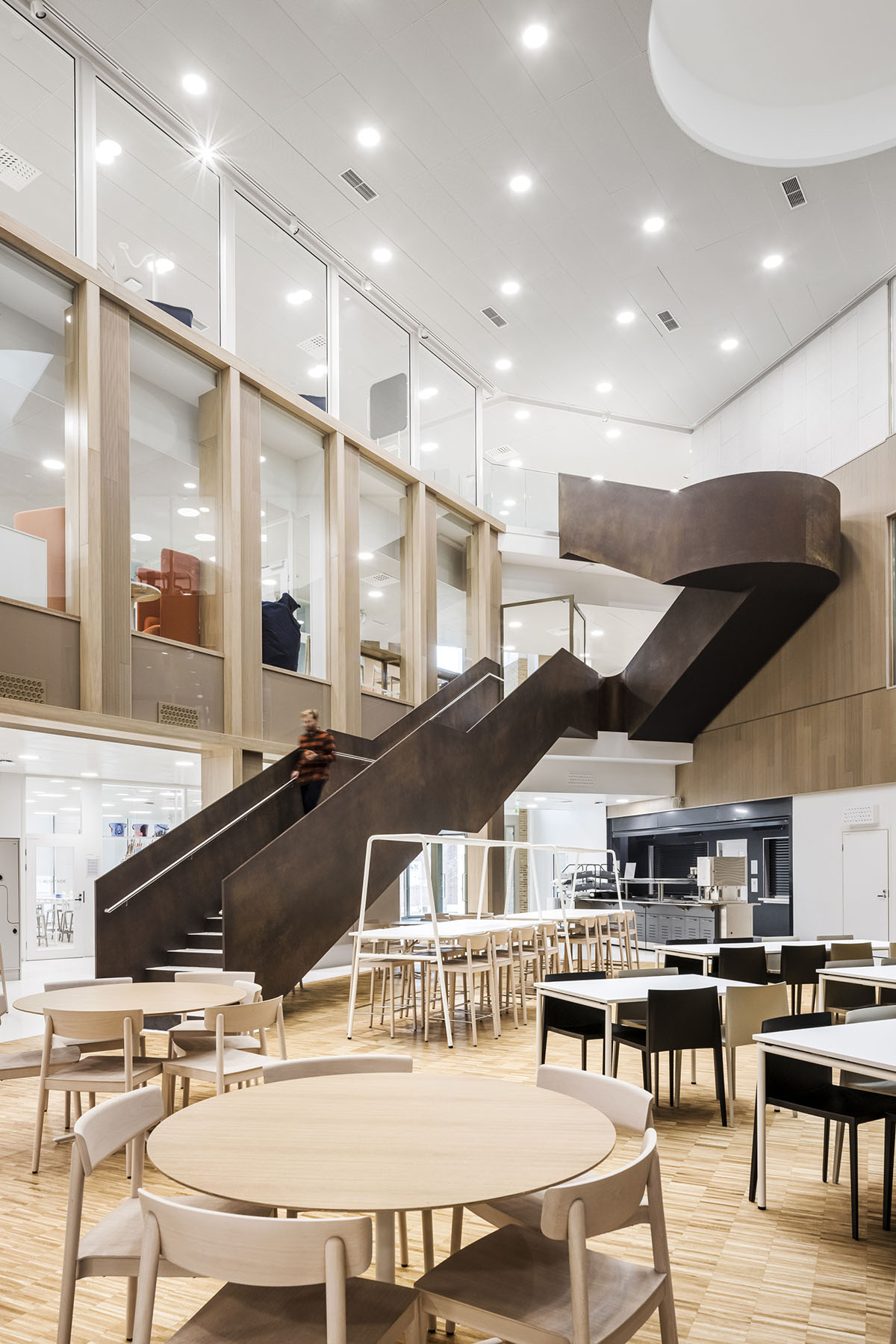
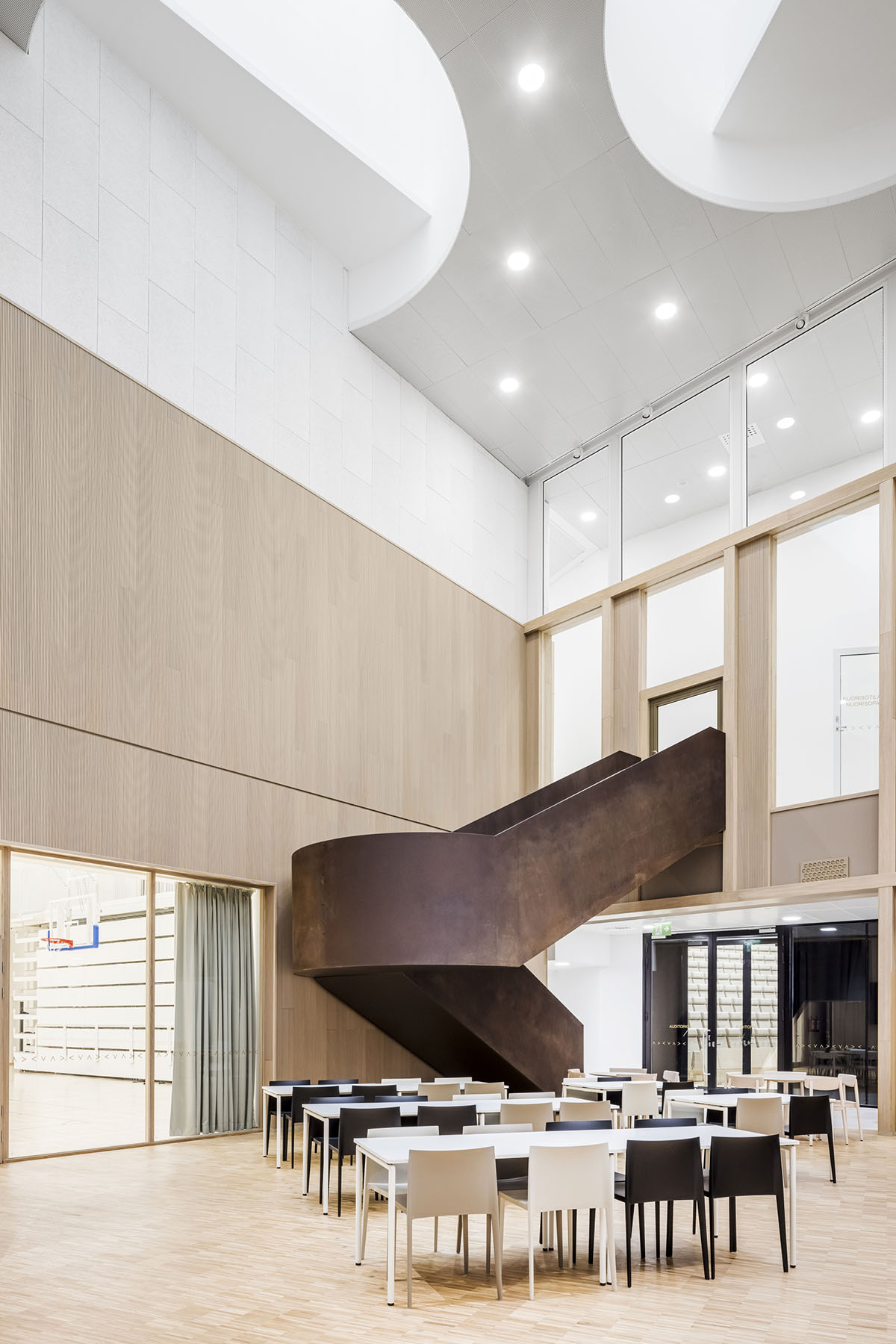
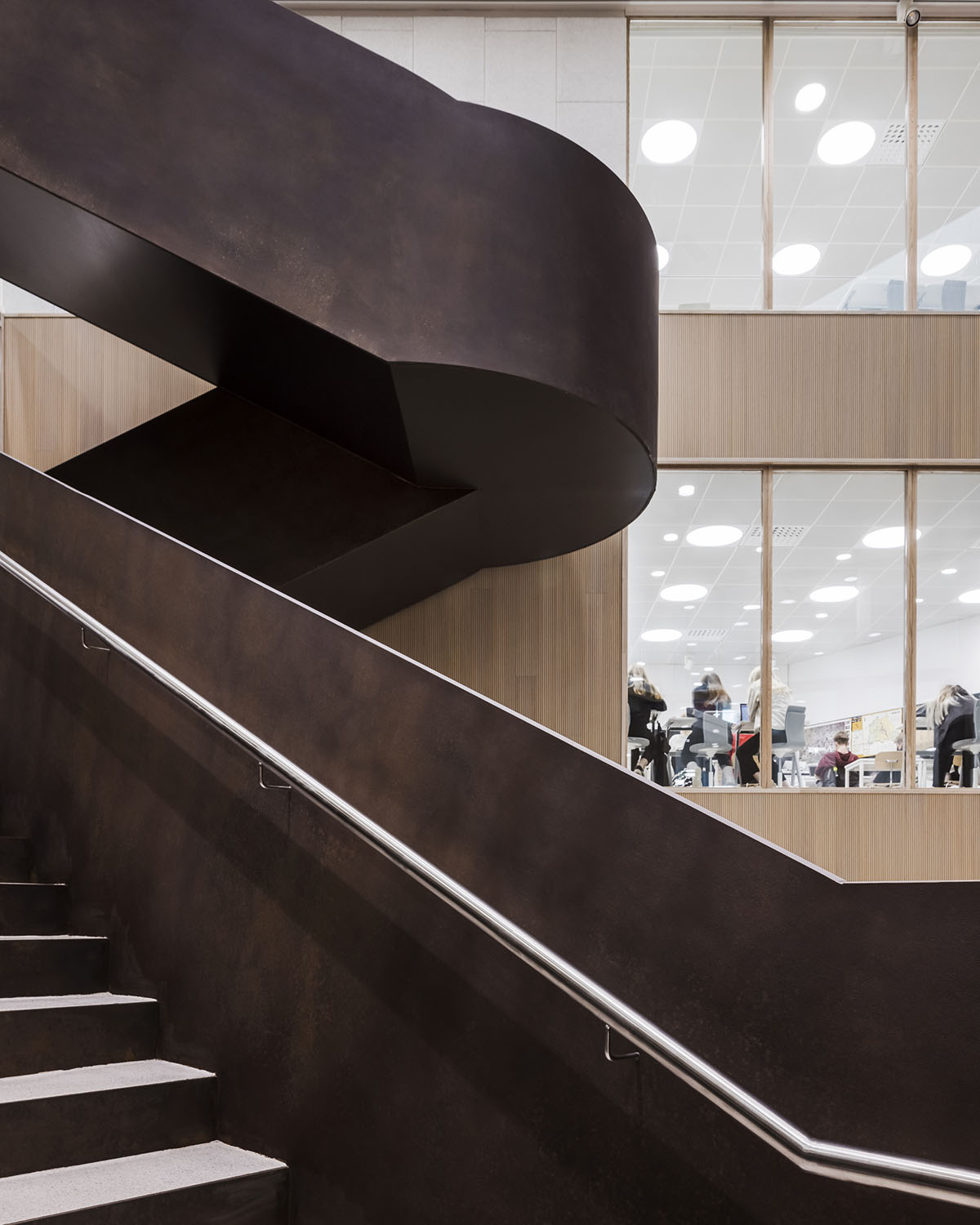
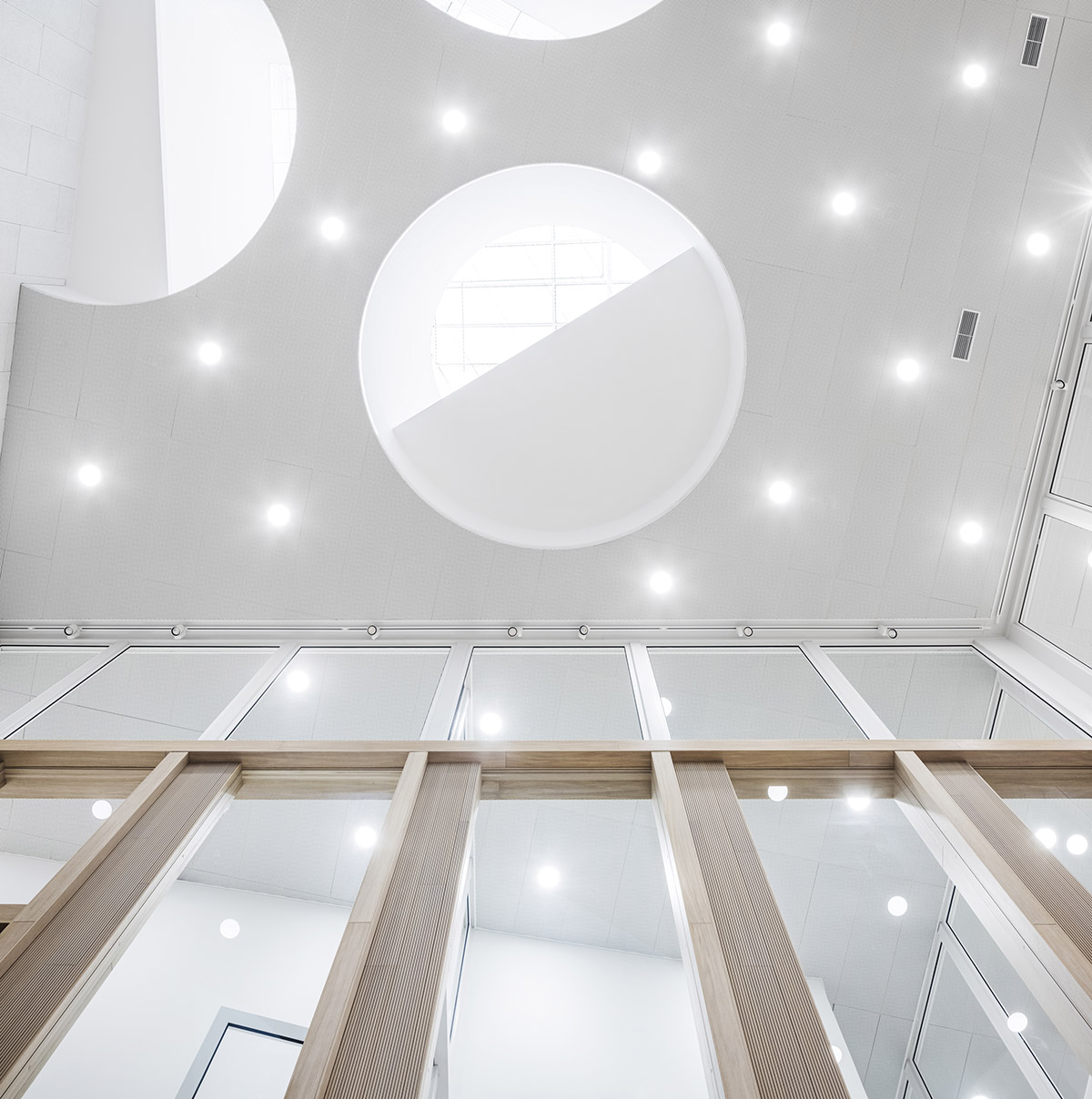
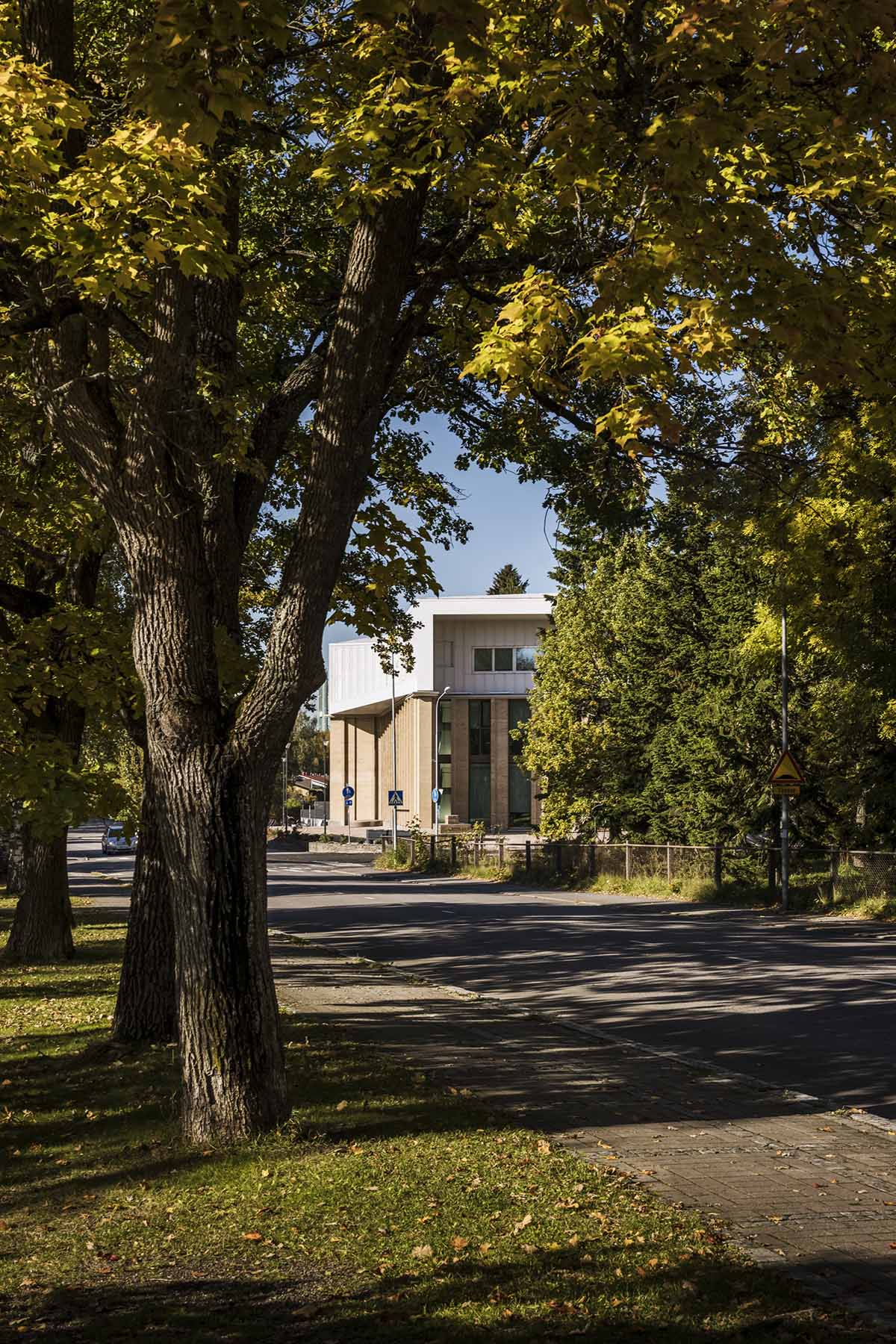
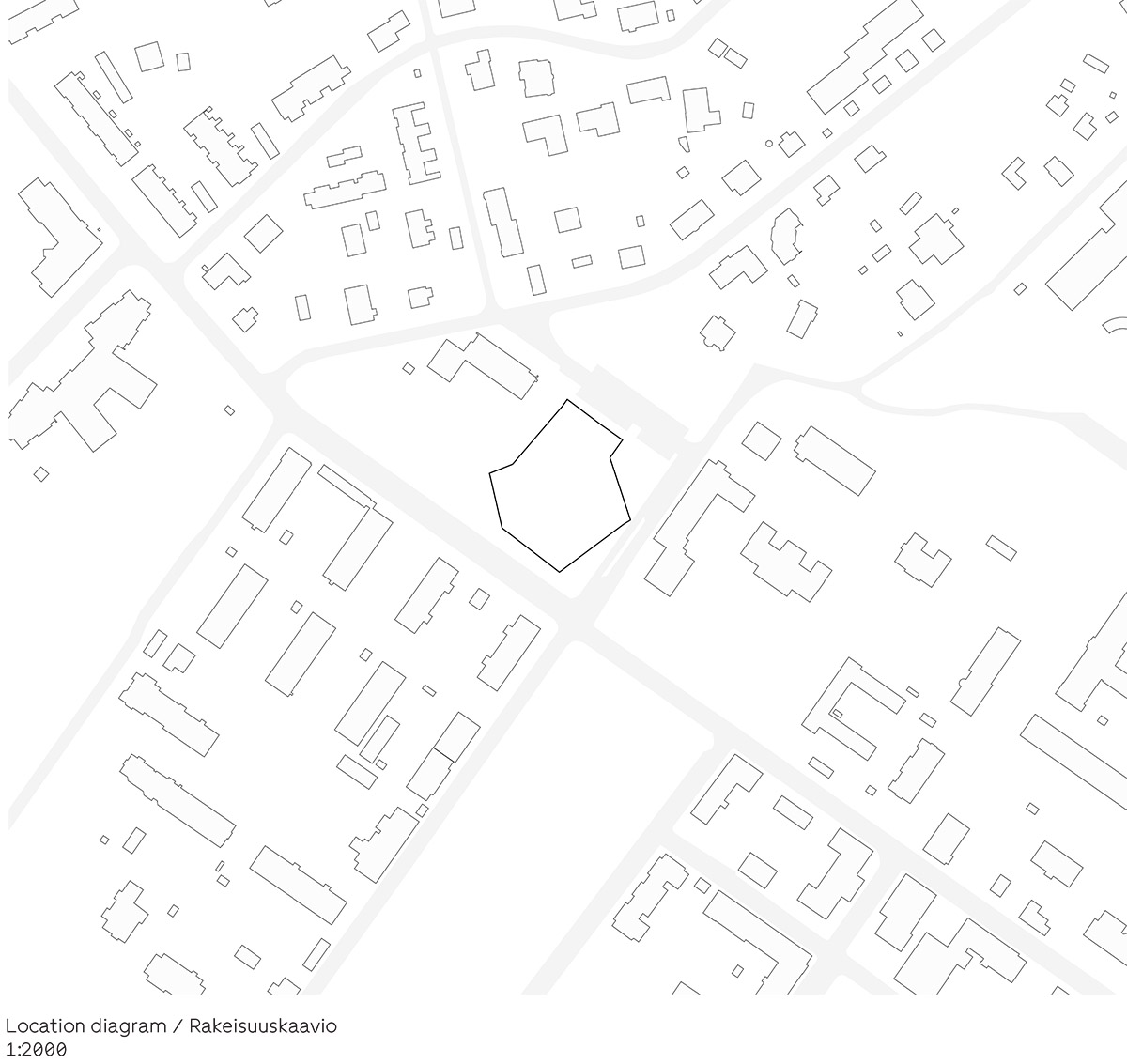
Location plan

Site plan
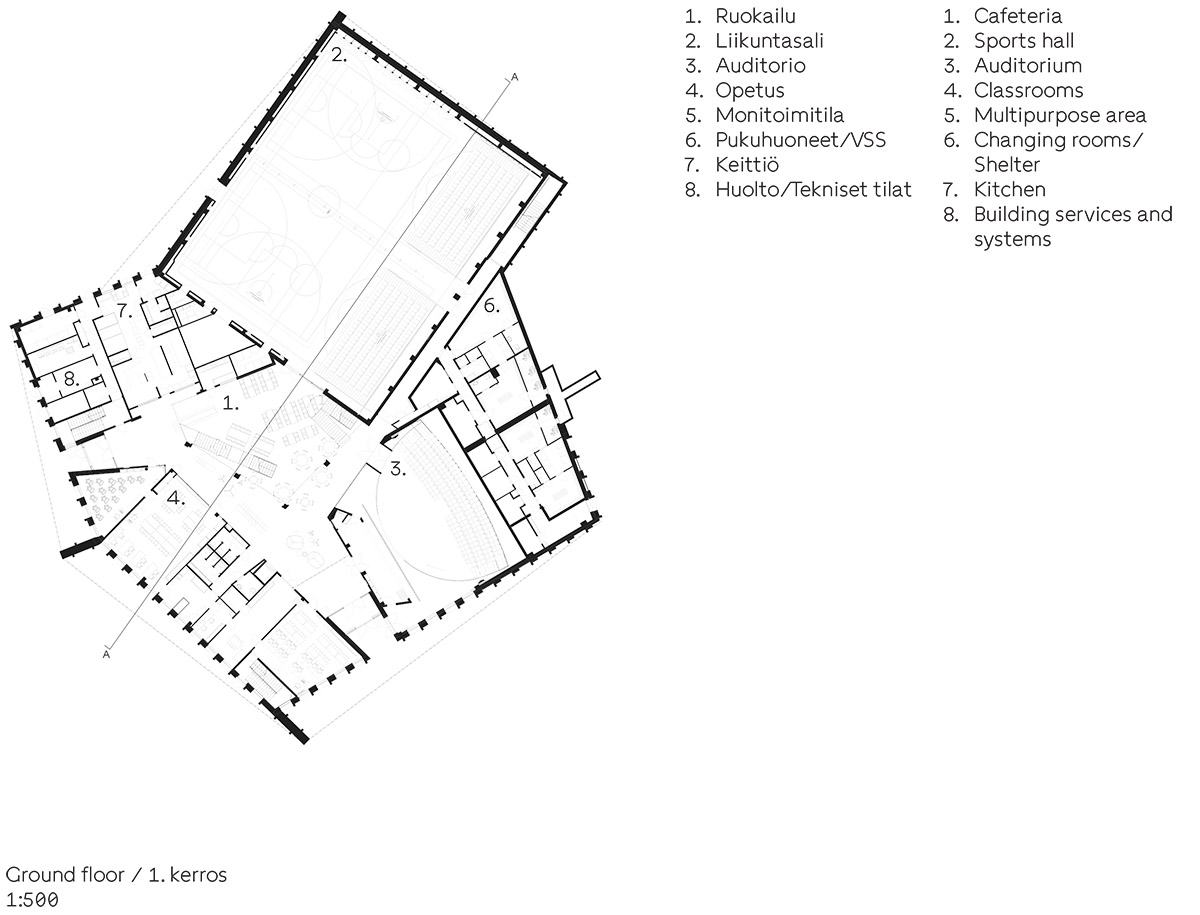
Ground floor plan
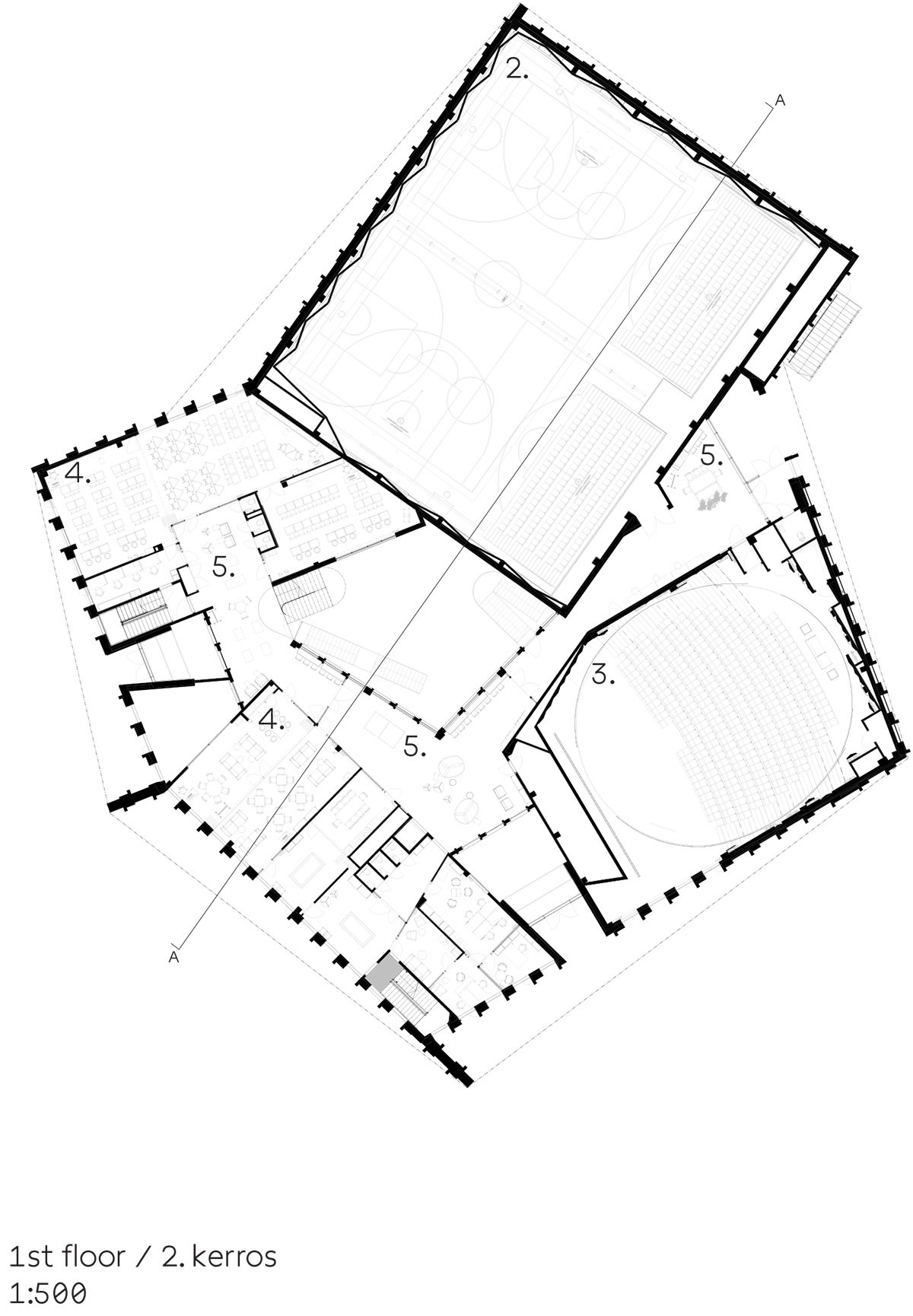
First floor plan

Second floor plan
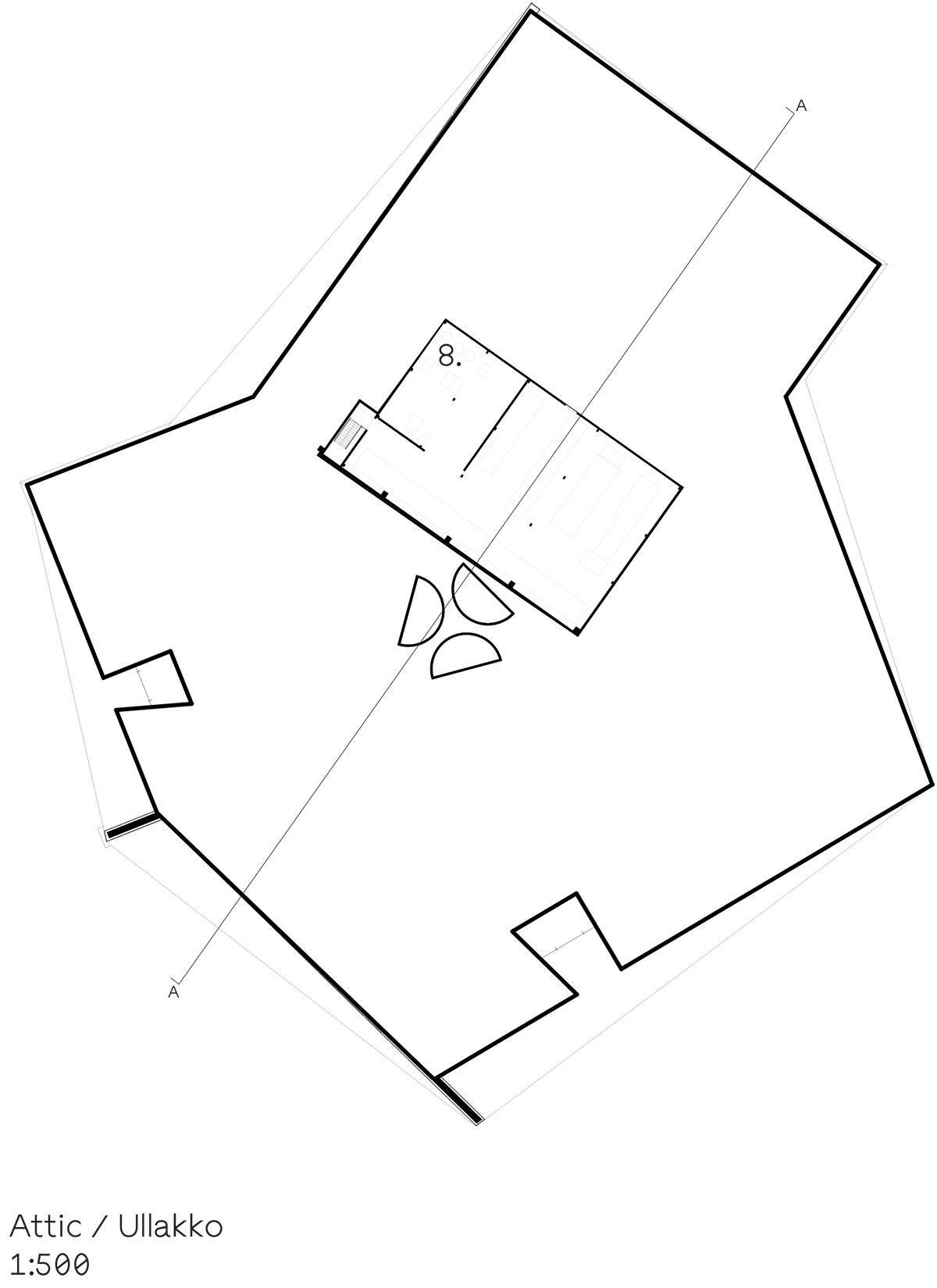
Attic floor plan

Section
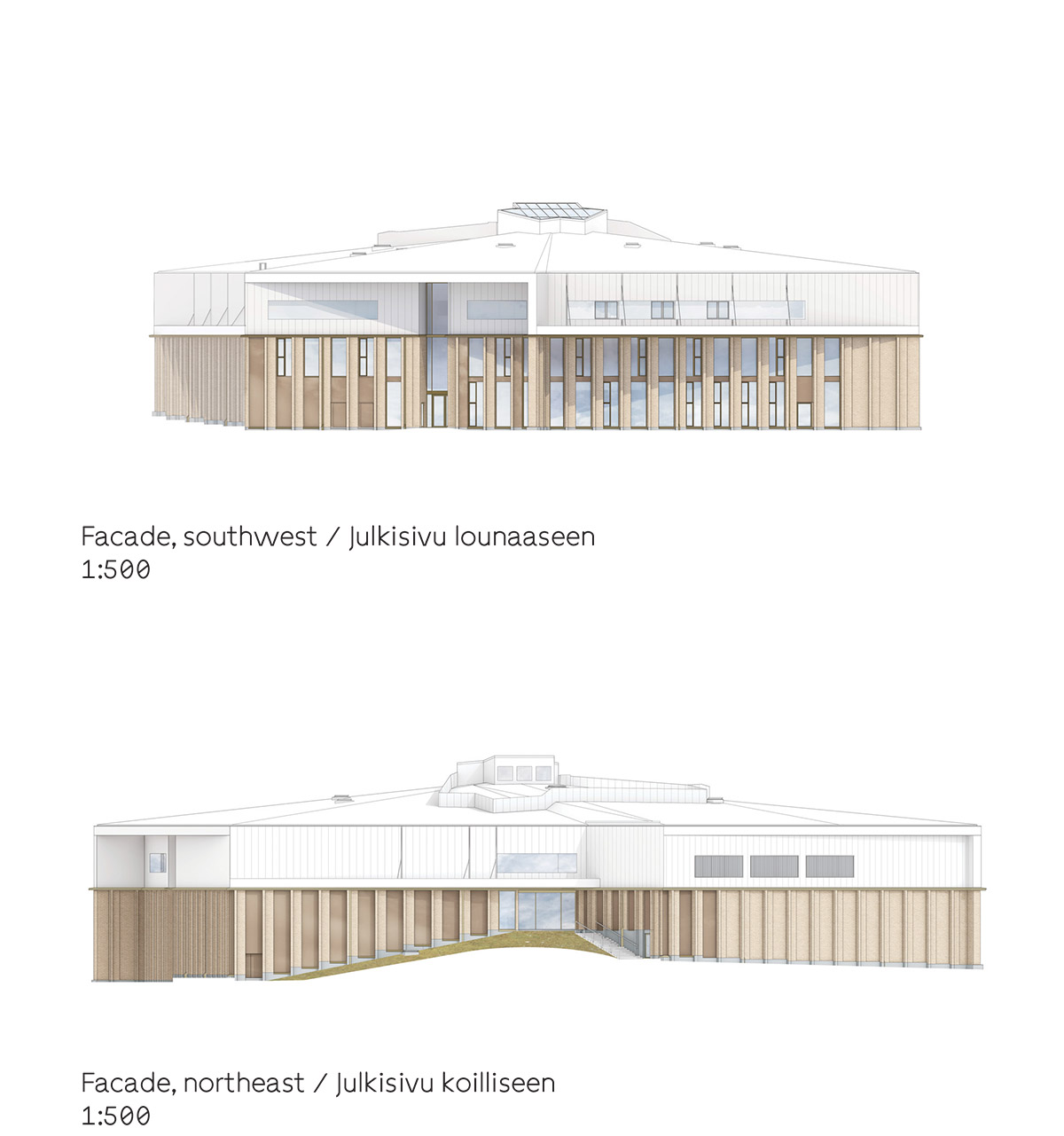
Façades
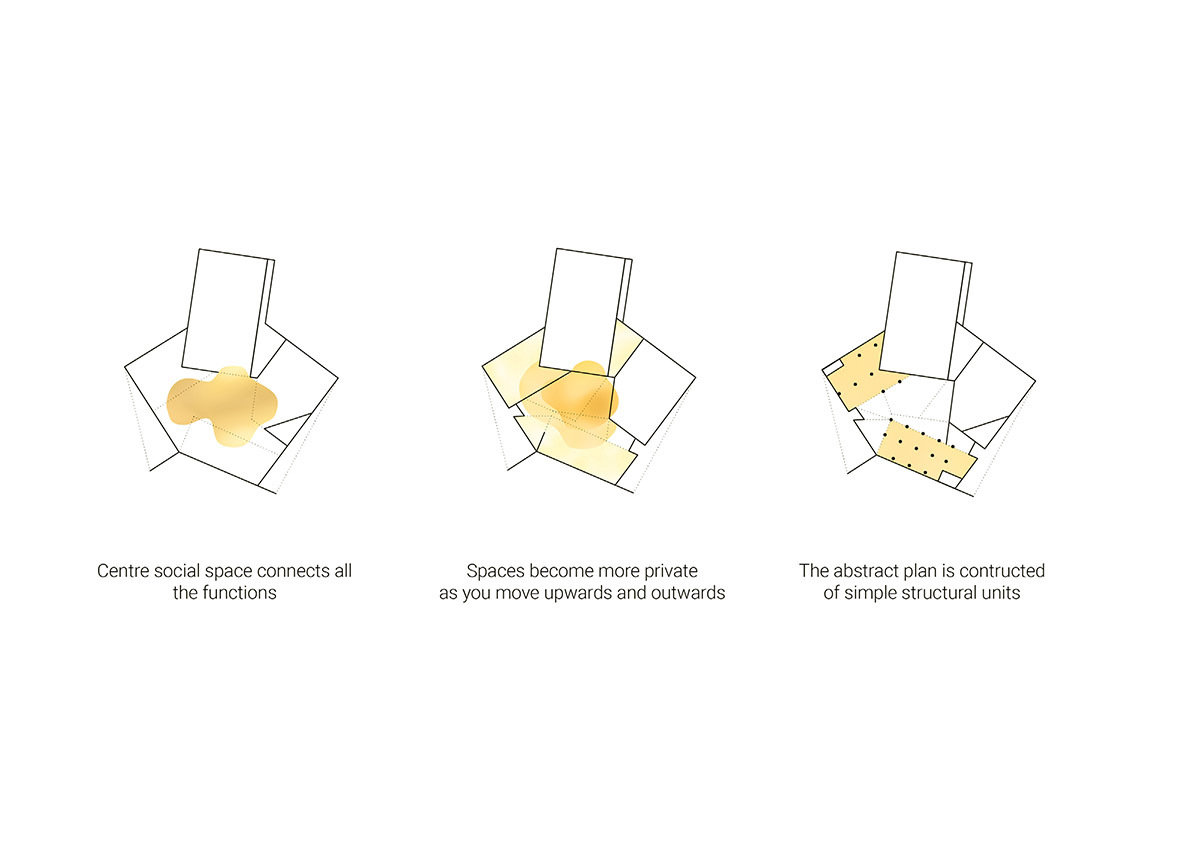
Diagram
Lahdelma & Mahlamäki architects previously completed the Urban Environment House with brick arcades in Helsinki.
Lahdelma & Mahlamäki architects is an internationally acclaimed architecture office especially known for our museum projects and education buildings. The studio was founded by Professor Ilmari Lahdelma and Professor Rainer Mahlamäki, they have been working together since the 1980s and they have won over 100 prizes in architecture competitions.
The Museum of the History of Polish Jews in Poland in 2013 and the Urban Environment House in Finland in 2020 are among significant works of the studio, the studio's ongoing projects include the Żurawie Mixed-Use Block in Poland and the Lost Shtetl Jewish Museum in Lithuania.
Project facts
Project name: Heinola Upper Secondary School
Architects: Lahdelma & Mahlamäki architects (LMA)
Location: Heinola, Finland
Year: 2021
Total area: 5,200 m2
Client: City of Heinola, Finland.
Program: Upper secondary school, sports hall, auditorium, youth service facilities, recreational courtyard
Credits (competition phase)
Authors: Ilmari Lahdelma ja Rainer Mahlamäki
Team members: Tarmo Juhola, Jukka Savolainen, Shaun Leung Learning space experts: Raila Oksanen, FCG Konsultointi Oy
Credits (design and construction phases)
Principal Designer: Ilmari Lahdelma
Project Architect: Marko Santala (design phase), Timo Jyrinki (construction phase)
Responsible Interior Architect: Minja Hildén
Team members: Heidi Siitonen, Olli Aarnio, Anna Wawrzyniak
Other designers: Tuomas Ikäheimo, Nina Vehviläinen
All images © Kuvatoimisto Kuvio
All drawings © Lahdelma & Mahlamäki architects
